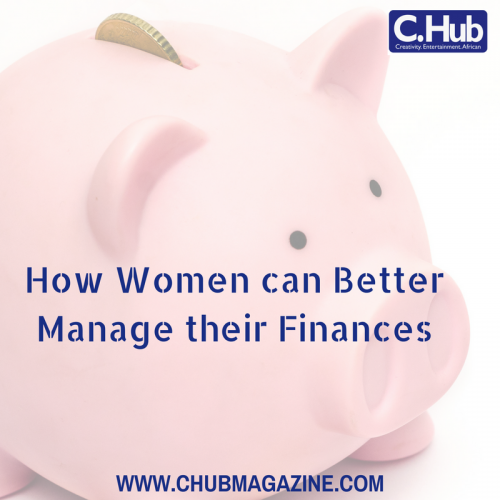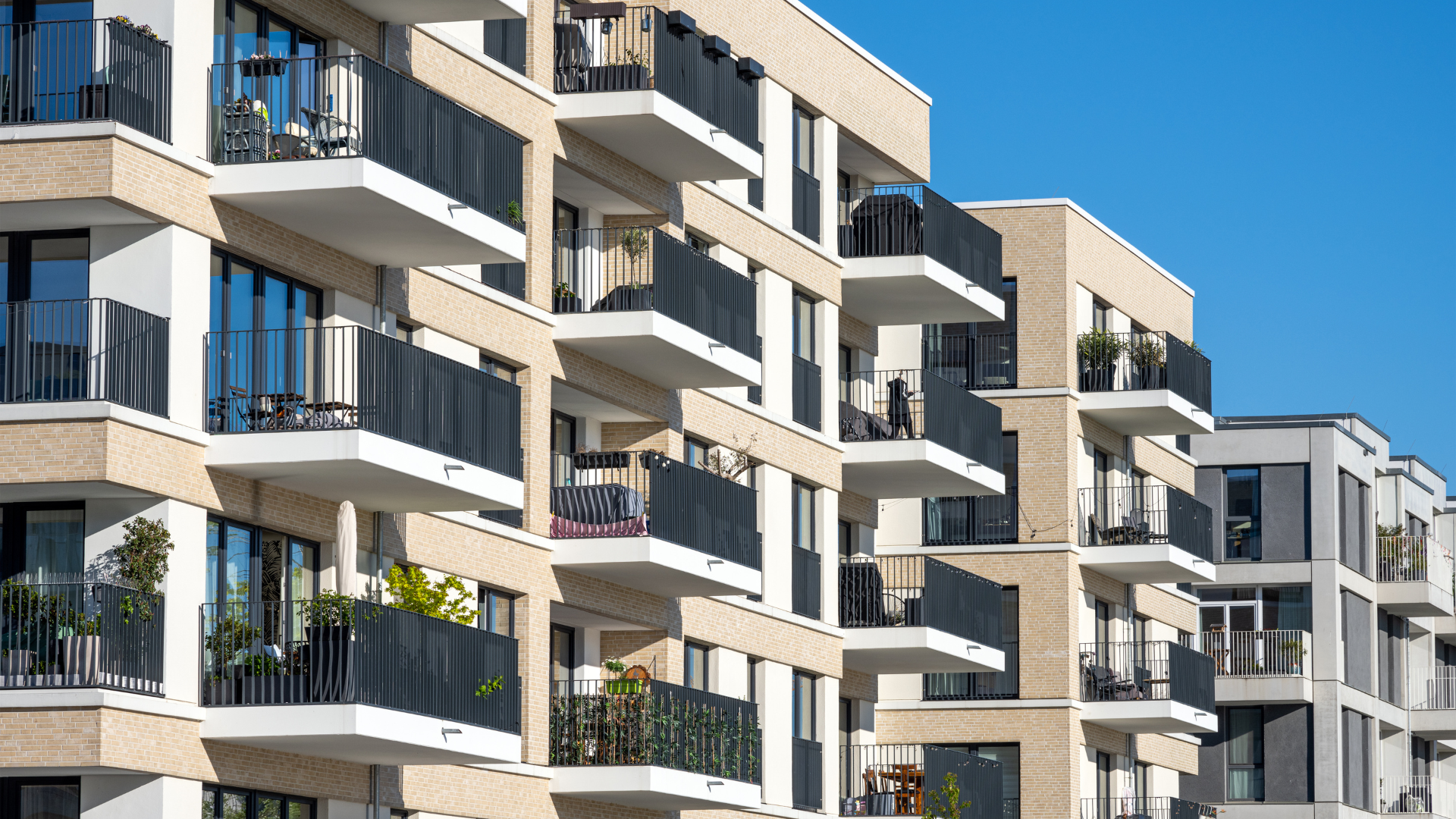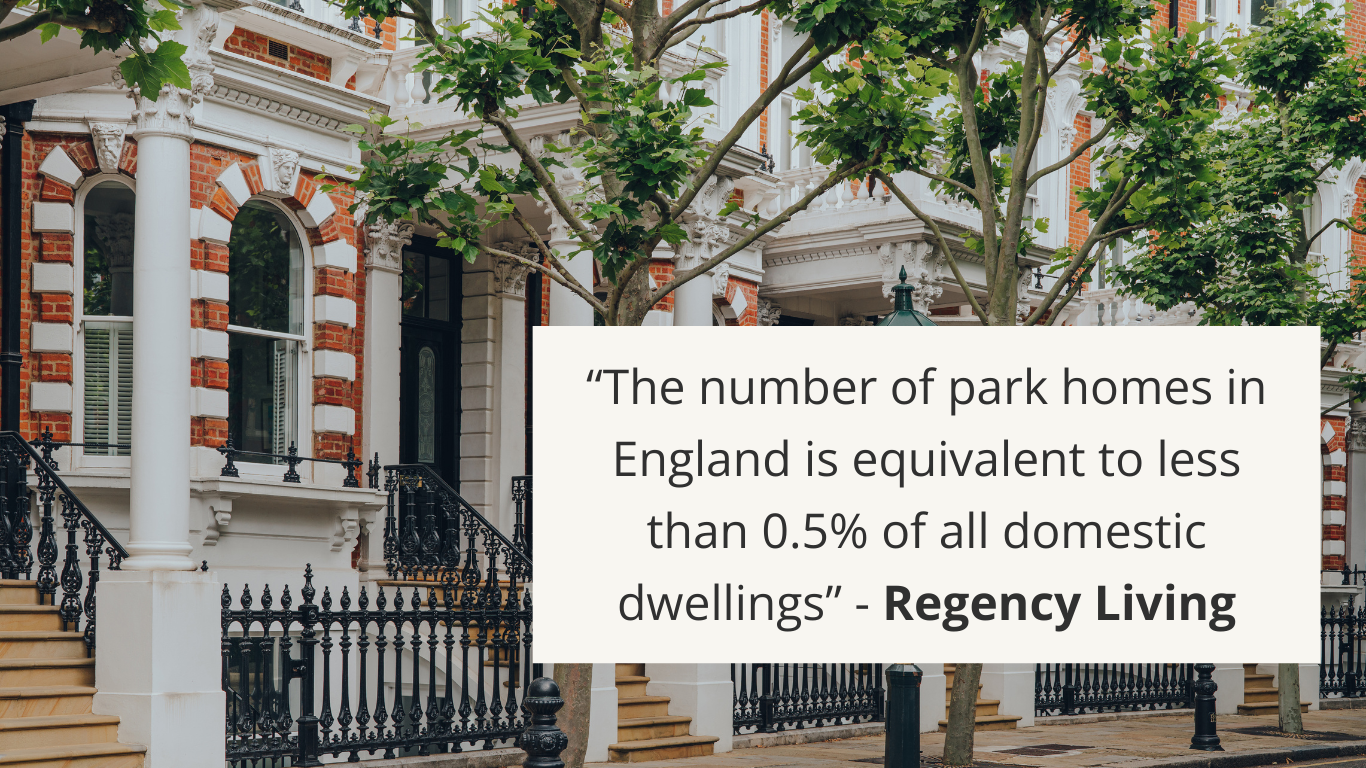
Despite growing attention to the gender pay gap, the #MeToo movement and calls to improve opportunities for women in the workplace over the past year, The Economist’s 2019 glass-ceiling index (GCI) suggests that progress for women in the workplace has stalled. The GCI is a yearly assessment of where women have the best and worst chances of equal treatment at work in countries in the Organisation for Economic Co-operation and Development (OECD), a group of mostly rich countries.
The GCI, which combines data on higher education, labour-force participation, pay, child-care costs, maternity and paternity rights, business-school applications and representation in senior jobs to create a ranking of 29 OECD countries, shows that the Nordic countries are still the best places to work if you are a woman. The Nordics are particularly good at helping women complete university, secure a job, access senior positions, and take advantage of quality parental-leave systems and flexible work schedules.

Turkey, Japan and South Korea continue to rank as the worst places to be a working woman in The Economist’s glass-ceiling index. Societal norms in Asia still expect women to choose between having a family or a career.
The index does reflect a few bright spots this year, including women in governmental positions of power. Spain’s prime minister appointed the first female-majority cabinet since the country returned to a democracy in 1975. More American women than ever were voted into Congress during the 2018 mid-term elections. Theresa May and Angela Merkel still hold their respective countries’ highest office, which may inspire more women to run for election.
Highlights of this year’s index:
The gender pay gap remains largely unchanged at around 14%The share of women in the labour force has crept slightly higher to 64%, but this is still 16 percentage points below the male averageThe share of women in management has flatlined since last year at 32%Fewer women took the GMAT business-school entry exams, but this is in line with an overall fall in both men and women taking the testThe share of women on company boards slightly increased to 23%
This is the seventh year that The Economist has released its glass-ceiling index. When it was launched in 2013 there were five indicators and 26 countries; today it consists of ten indicators including maternity and paternity leave for 29 OECD countries.













Comment